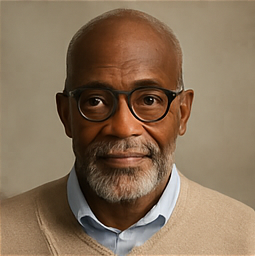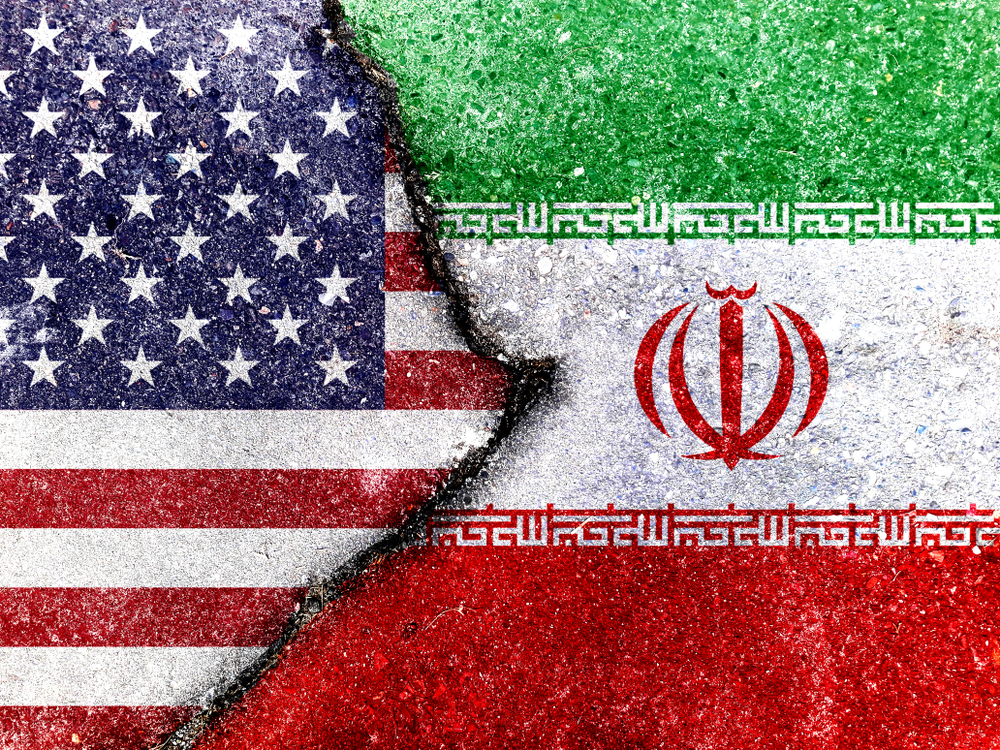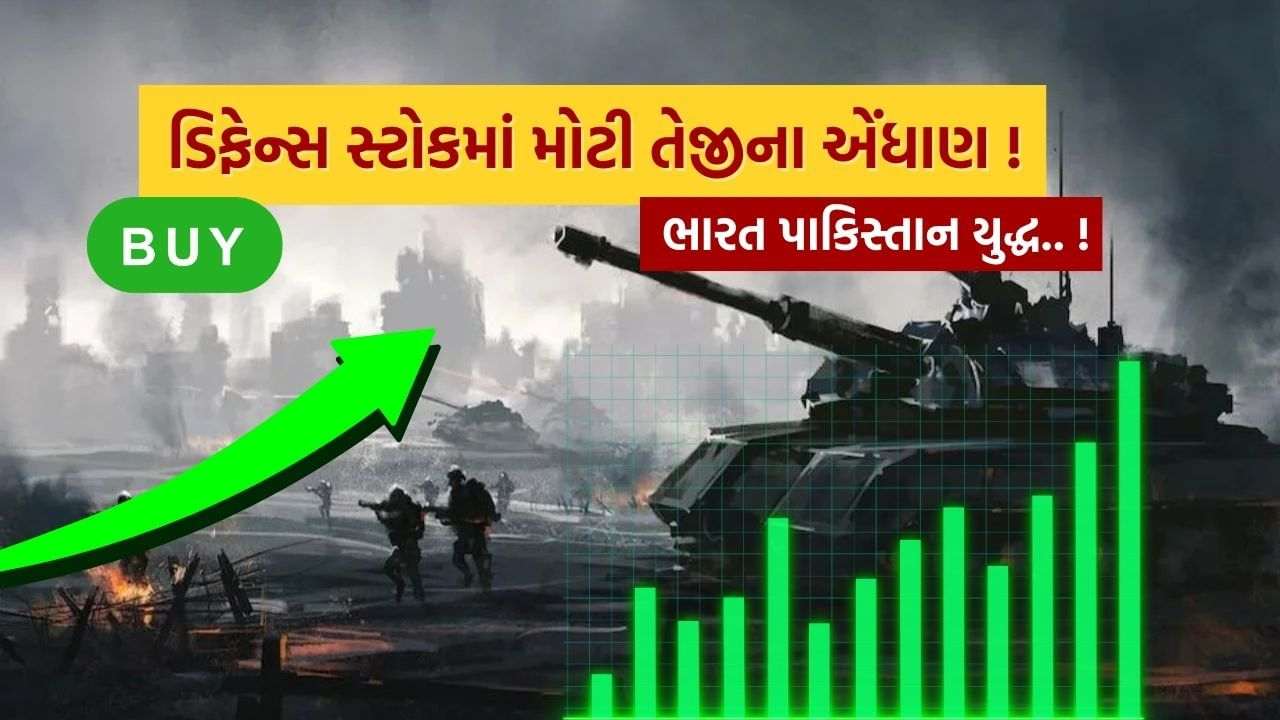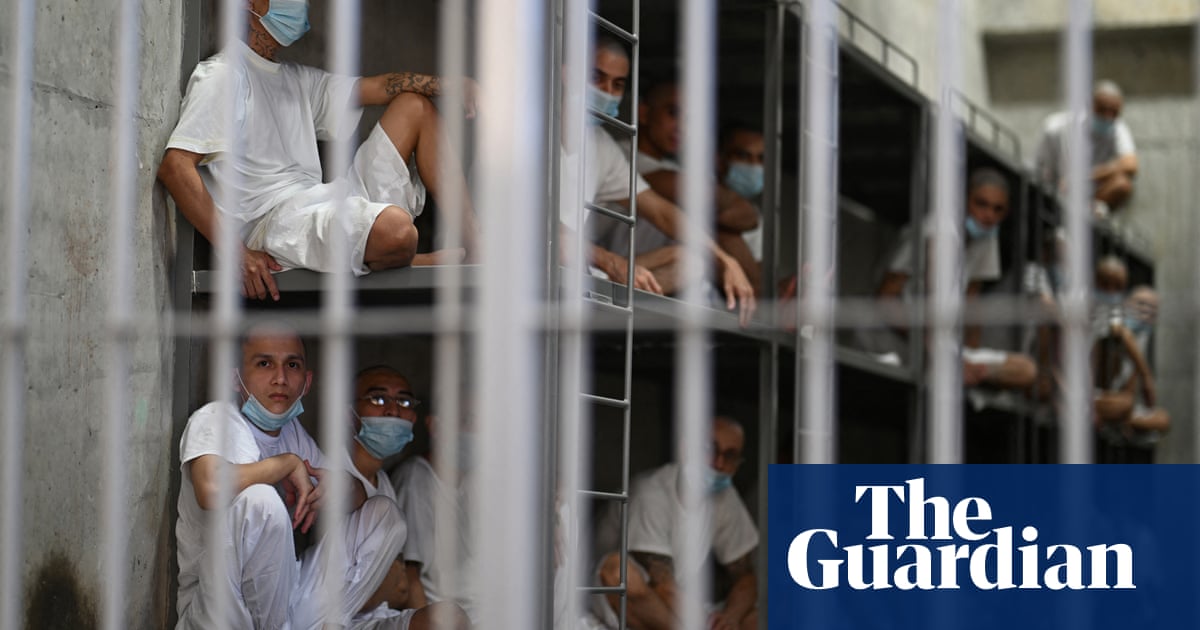Myanmar's earthquake survivors battle heat, hunger — and the military
When Meredith Bunn and her team pulled a pregnant woman from the rubble of her collapsed home, she had already been trapped for days. The woman was six months along. "We tried to save her child but it wasn't possible as she suffered from infections," said Ms Bunn, a medical worker who has spent nearly a decade in Myanmar. With hospitals overwhelmed, they tried to transfer the woman to Yangon, but military attacks forced multiple detours. She eventually made it, but her child did not survive. "After the earthquake, the majority of deaths were from people with minor to major injuries," said Ms Bunn, who is also the founder of grassroots aid group, Skills For Humanity. "They weren't treated. Infection and disease just attacked … it was a breeding ground with no clean water." One month after a magnitude-7.7 earthquake rocked central Myanmar, nearly 200,000 people are displaced and more than 50,000 buildings lie in ruins. Yet survivors are receiving inconsistent aid, with local groups and international responders racing to fill the void as monsoon season approaches. Warehouses of aid withheld by the military Photographs obtained by ABC show perishable supplies, including tents and emergency provisions, stockpiled at the Ministry of Social Welfare's Mandalay warehouse. The packages, some bearing the ASEAN symbol, were meant for immediate use, according to an eyewitness who requested anonymity and photographed the warehouse on April 4. "The military failed to do that, and when I returned last week the aid was still there but I couldn't photograph as now they have security," the source said. "I think they may be keeping that aid for the election campaign." Grassroots responders say this isn't an isolated case. The junta, local administrators and ASEAN did not respond to the ABC's questions about the military’s handling of aid. Dr Aeron, representing the exiled National Unity Government (NUG) who spoke under a pseudonym for safety reasons, raised concerns that assistance delivered through ASEAN may not be reaching those most in need when going through the military. "The worst-hit areas are controlled by the military, not us," he said, urging ASEAN to investigate and improve transparency. He also called on international donors to work directly with local groups to prevent the military from politicising aid. In wealthier neighbourhoods of Mandalay, Myanmar's second-biggest city, which was hit hard by the quake, robust Red Cross tents have been erected. But just outside city limits, families sleep under a patchwork of tarpaulin shelters or in the open heat, with temperatures often exceeding 40 degrees Celsius. Medical relief under surveillance Although dozens of countries sent medical teams, only Malaysia's field hospital appeared to be allowed by the military into Sagaing city — one of the worst affected areas. "We suggested to relocate to a more populated part of Sagaing 20 minutes away," said Colonel Norulisyam Shuib from the Malaysian Armed Forces Field hospital. "But the military said it was outside their controlled area." The site they were assigned — an empty stadium — had hardly any residents nearby. Despite limited access to people, the Malaysian team treated about 2,000 patients. But according to Colonel Shuib, only 15 per cent were earthquake-related; most suffered from chronic illnesses. Myanmar's healthcare system has collapsed since the 2021 military coup. Local mobile clinics are stepping in discreetly, often with the tacit approval of sympathetic officials within the junta's General Administration Departments. "Some of them are trying to do things without the top knowing," said Khin Ohmar from human rights group Progressive Voice. "They give informal permission so that groups can work quietly." One such group has reached nearly 200,000 people, primarily through transferring cash to them. "People really need access to good food and sanitation." Military restricts access Access to rural or opposition-controlled areas remains fraught. Local humanitarian groups say junta-aligned militias are actively obstructing aid. "Some people have been running from bombings in Sagaing rural areas to the city," said Khin Ohmar. "Aid cannot go to those areas." In Madya, Singu and Tabeikkyin — areas struck by both conflict and the quake — military restrictions have left survivors without support. "Only villagers are responding in those conflict areas," said Ko Htin of the Myanmar Emergency Response Coordination Unit, which is organising grassroots groups. "International groups can't reach these places and are being restricted by the military." Phone lines and internet remain cut. "The military has continued burning villages," said Ko Htin. "We struggle to even hear about deaths." According to the opposition-aligned NUG, the military launched 63 attacks in the first four days of April, killing at least 68 civilians. These included air strikes in Chin, Kachin, Karenni, Magway, Mandalay and Sagaing. On April 17, junta leader Min Aung Hlaing assured ASEAN chair Anwar Ibrahim of a ceasefire. By the time their meeting ended, new attacks had already been reported. Recovery overshadowed by bureaucracy The UN Development Programme (UNDP) estimates 2.5 million tonnes of debris from the earthquake needs to be removed. In Sagaing alone, up to 80 per cent of buildings are damaged or destroyed. Some homes still standing may need to be demolished due to structural damage. "You just see their crying eyes," said Thet Aung, a local volunteer. "It's a huge cost they can't afford." UNICEF, the United Nations Children's Fund, has set up sanitation stations amid rising cases of waterborne diseases, while the World Food Programme (WFP) has shifted to cash-based aid so locals can also support small businesses and markets. Yet relief efforts remain critically underfunded. "It is misery on top of misery," said Michael Dunford of WFP Myanmar. "People are being pushed to their limits." Titon Mitra of the UNDP added: "Getting people into permanent shelters could take two years — or more. And that's when you have a functioning country. Here, we don't." Beyond funding, transitional housing efforts face hurdles such as land rights, getting around military obstructions, and rising supply costs. Meanwhile, the junta has reminded Mandalay residents they must continue to pay electricity bills — even as many have no homes. ASEAN aid under scrutiny There are growing calls for transparency around ASEAN-managed humanitarian aid, which is also funded by Australia. The ASEAN Coordinating Centre for Humanitarian Assistance did not respond to requests for comment on the military's mismanagement of aid. "The junta now pursues this same strategy." Khin Ohmar's network has documented junta-aligned militias, such as Pyu Saw Htee, stopping locals distributing aid by telling them they don't have permission to enter certain areas. Access to displaced communities in mixed controlled regions or areas that aren't junta-controlled like Mingun or smaller townships in Mandalay and Sagaing division remain limited. A doctor in Sagaing told Human Rights Watch that junta authorities had confiscated medicine being transported to opposition-held territories. Grassroots groups fill the void With international access curtailed, local civil society organisations are on the front line of the quake recovery efforts. But the scale of the work is overwhelming. "Trying to find those individuals who have had to pick up and run, exhausted in the jungle or bush, is one of the biggest challenges," said Annette Hearns of the UN Office for the Coordination of Humanitarian Affairs (UNOCHA). In southern Shan State, aid organisation Sonne International is helping residents of Inle Lake. "People are still in tents," said Jochen Meissner, the group's coordinator. "Locals now say they want bamboo or sturdier structures so we are giving them cash so they can build their own designs." The local group Doh Eain is also providing mental health support and kits to build transitional housing. Meanwhile, trauma remains a massive unaddressed issue. "The first responders in many areas where international aid organisations couldn't get to were inexperienced," Ms Bunn said. As larger aid agencies lay off staff due to funding shortages and smaller NGOs are locked out of key zones, there are warnings the clock is ticking. And monsoonal rains are due any day. "People want to live in dignity," said UNOCHA's Ms Hearns.

















